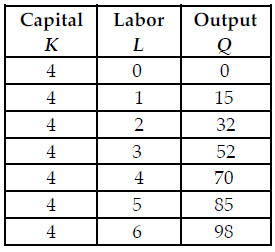An Archaeological ProblemThe following multiple-choice questions refer to the paragraph below. Base your answers on the information given below, your archaeological knowledge, and common sense.Recent excavations in the Levant have uncovered a small settlement of approximately twenty houses. These structures were circular in shape and had rock-wall foundations. A number of burials were found in a small cemetery adjacent to the settlement. Storage pits and roasting areas for preparing plant foods also were found, but there was no evidence for domesticated plants at the site. Animal bones from deer, gazelle, sheep, and goat were common at the site. The investigators noticed that a high number of young male animals were represented in the sheep bones. This difference was not noted among the
bones of the other species. Other materials from the site included sickle blades, bone tools, charcoal, and grinding slabs.Analysis of the sequence in the Tehuacán Valley revealed that:
A. large, sedentary villages appeared thousands of years prior to the adoption of agriculture.
B. domestication of dogs took place much earlier in Mesoamerica than anywhere else in the world.
C. domestication occurred in just a few centuries.
D. attempts to domesticate deer failed.
E. None of the answers are correct.
Answer: E
You might also like to view...
Refer to the table below. What is the total cost of producing 0 units of output?

The table provides output levels as Paper Products R Us hires more workers. Their capital is currently fixed at 4 units and each unit costs $100. Each worker costs $50.
A) $400 B) $100 C) $50 D) $0
Because of resource variability over time, foraging populations ideally would not exceed __________
a. the carrying capacity of the area in a bad year b. the carrying capacity of the area in an average year c. one person per twenty square miles d. one person per five square miles
Which of the following includes genetic-alterations within populations?
a. macroevolution b. anatomy c. osteology d. paleopathology e. microevolution
The human brain reaches 50 percent of its adult size by what age?
a. ?1 month b. ?5 years c. ?21 years d. 6 months e. ?3 years